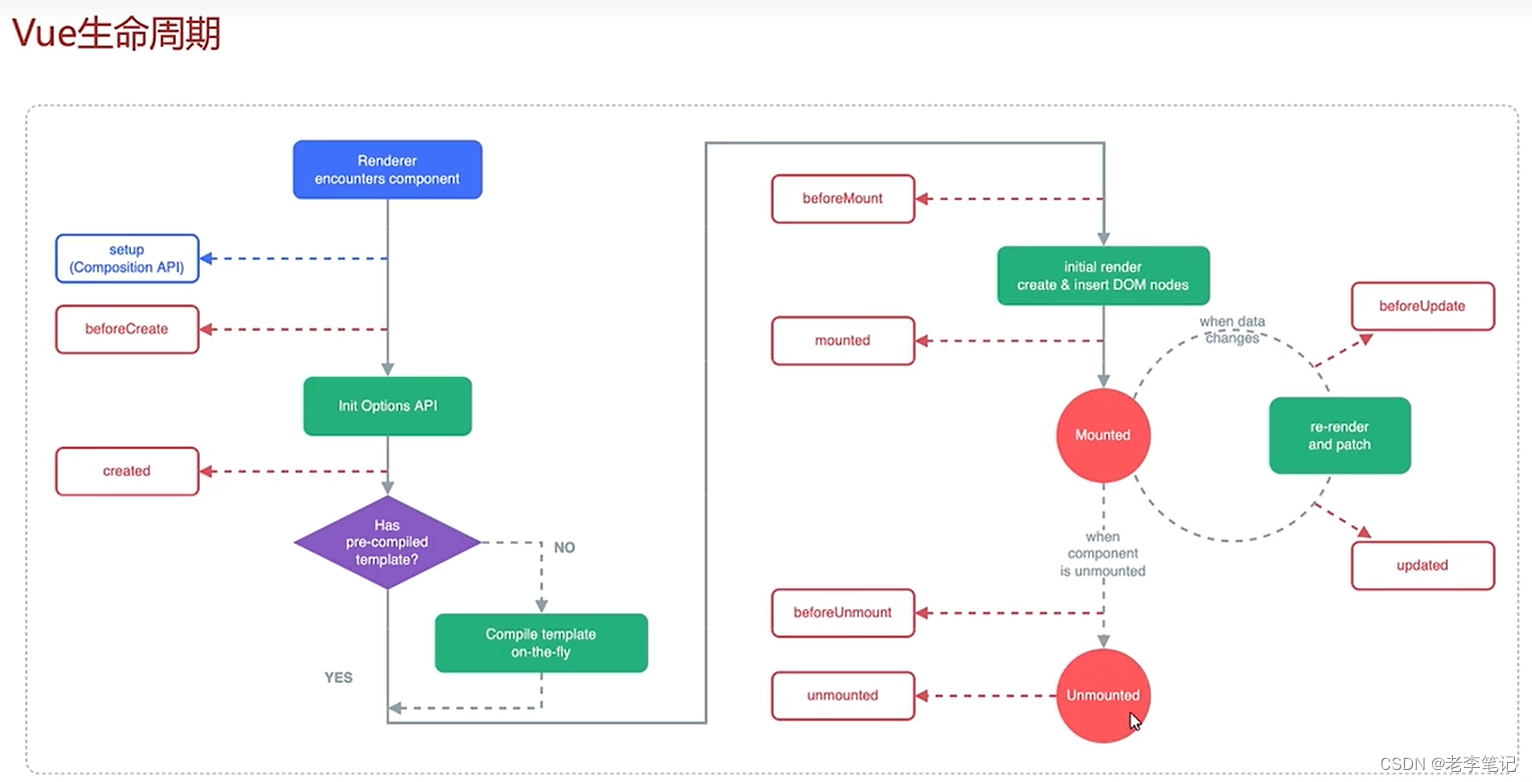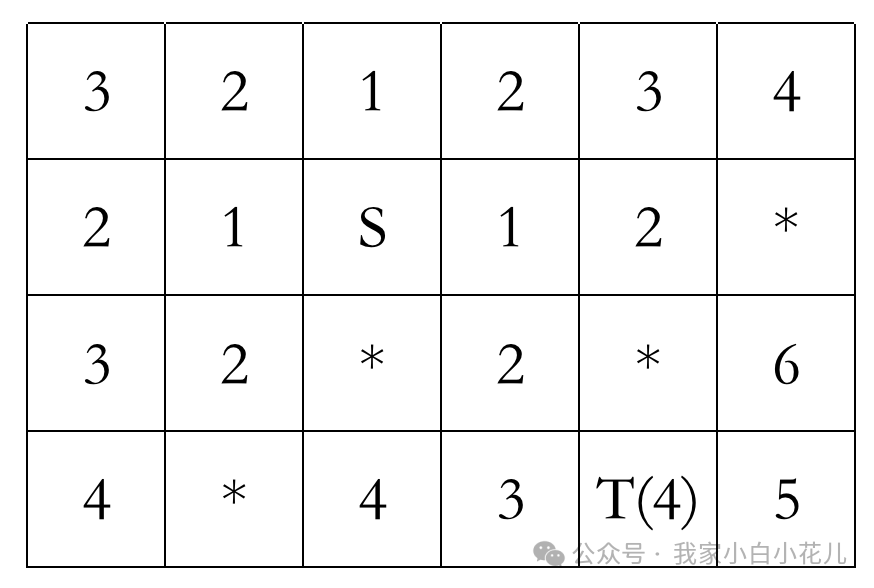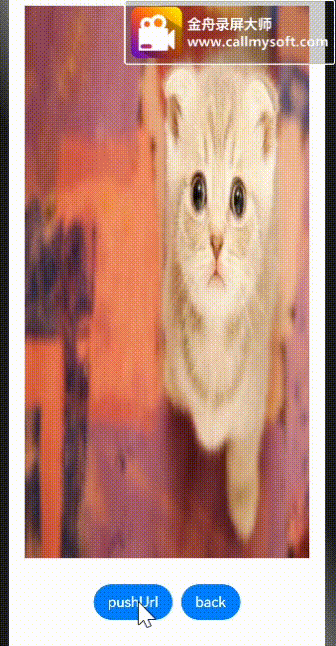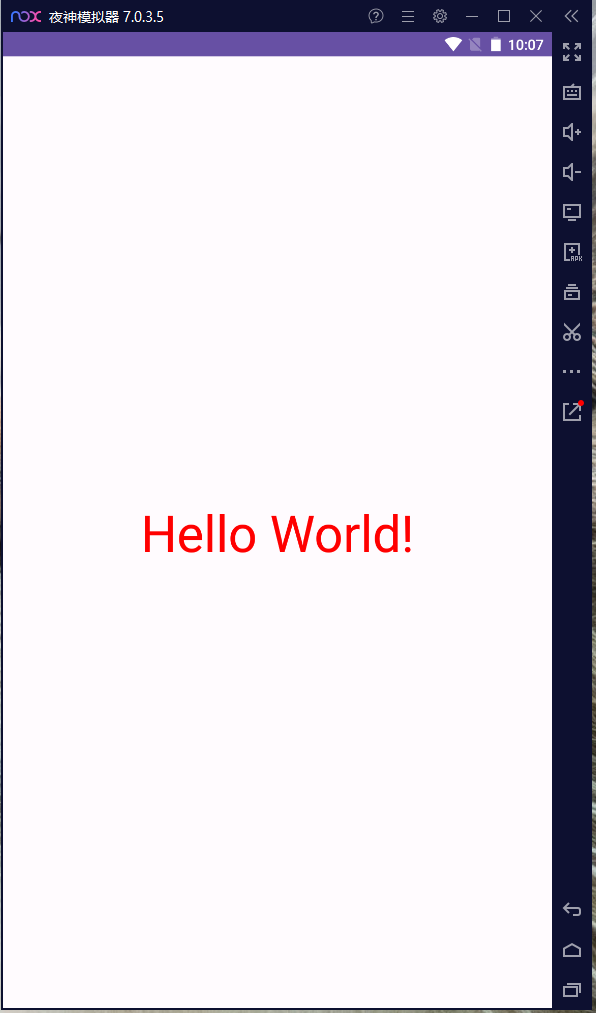Combine 系列
- Swift Combine 从入门到精通一
- Swift Combine 发布者订阅者操作者 从入门到精通二
- Swift Combine 管道 从入门到精通三
- Swift Combine 发布者publisher的生命周期 从入门到精通四
- Swift Combine 操作符operations和Subjects发布者的生命周期 从入门到精通五
- Swift Combine 订阅者Subscriber的生命周期 从入门到精通六
- Swift 使用 Combine 进行开发 从入门到精通七
- Swift 使用 Combine 管道和线程进行开发 从入门到精通八
- Swift Combine 使用 sink, assign 创建一个订阅者 从入门到精通九
- Swift Combine 使用 dataTaskPublisher 发起网络请求 从入门到精通十
- Swift Combine 用 Future 来封装异步请求 从入门到精通十一
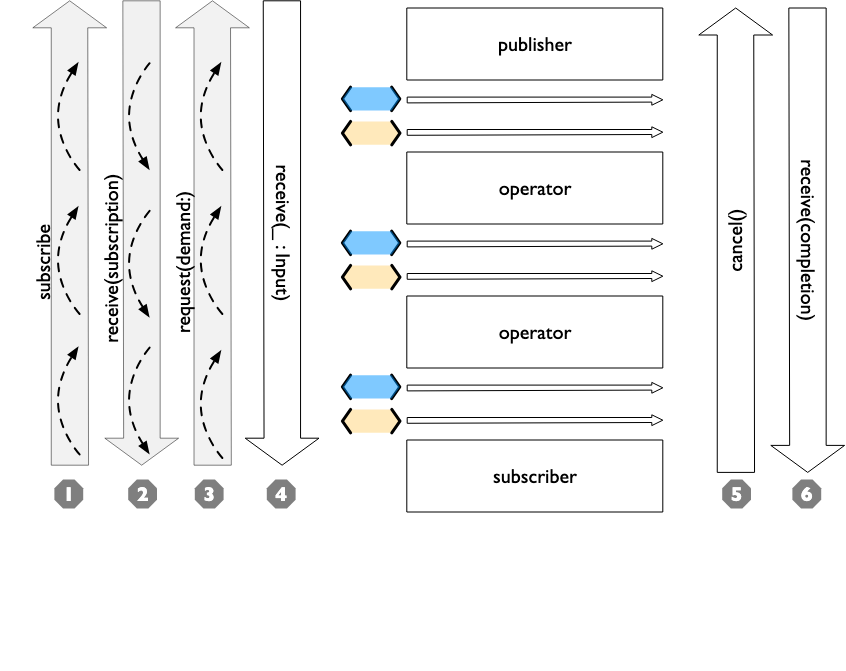
目的:使用 Combine 的管道来显式地对异步操作进行排序
这类似于一个叫做 “promise chaining” 的概念。 虽然你可以将 Combine 处理的和其行为一致,但它可能不能良好地替代对 promise 库的使用。 主要区别在于,promise 库总是将每个 promise 作为单一结果处理,而 Combine 带来了可能需要处理许多值的复杂性。
任何需要按特定顺序执行的异步(或同步)任务组都可以使用 Combine 管道进行协调管理。 通过使用 Future 操作符,可以捕获完成异步请求的行为,序列操作符提供了这种协调功能的结构。
通过将任何异步 API 请求与 Future 发布者进行封装,然后将其与 flatMap 操作符链接在一起,你可以以特定顺序调用被封装的异步 API 请求。 通过使用 Future 或其他发布者创建多个管道,使用 zip 操作符将它们合并之后等待管道完成,通过这种方法可以创建多个并行的异步请求。
如果你想强制一个 Future 发布者直到另一个发布者完成之后才被调用,你可以把 future 发布者创建在 flatMap 的闭包中,这样它就会等待有值被传入 flatMap 操作符之后才会被创建。
通过组合这些技术,可以创建任何并行或串行任务的结构。
如果后面的任务需要较早任务的数据,这种协调异步请求的技术会特别有效。 在这些情况下,所需的数据结果可以直接通过管道传输。
此排序的示例如下。 在此示例中,按钮在完成时会高亮显示,按钮的排列顺序是特意用来显示操作顺序的。 整个序列由单独的按钮操作触发,该操作还会重置所有按钮的状态,如果序列中有尚未完成的任务,则都将被取消。 在此示例中,异步 API 请求会在随机的时间之后完成,作为例子来展示时序的工作原理。
创建的工作流分步表示如下:
- 步骤 1 先运行。
- 步骤 2 有三个并行的任务,在步骤 1 完成之后运行。
- 步骤 3 等步骤 2 的三个任务全部完成之后,再开始执行。
- 步骤 4 在步骤 3 完成之后开始执行。
此外,还有一个 activity indicator 被触发,以便在序列开始时开始动画,在第 4 步完成时停止。
UIKit-Combine/AsyncCoordinatorViewController.swift
import UIKit
import Combineclass AsyncCoordinatorViewController: UIViewController {@IBOutlet weak var startButton: UIButton!@IBOutlet weak var step1_button: UIButton!@IBOutlet weak var step2_1_button: UIButton!@IBOutlet weak var step2_2_button: UIButton!@IBOutlet weak var step2_3_button: UIButton!@IBOutlet weak var step3_button: UIButton!@IBOutlet weak var step4_button: UIButton!@IBOutlet weak var activityIndicator: UIActivityIndicatorView!var cancellable: AnyCancellable?var coordinatedPipeline: AnyPublisher<Bool, Error>?@IBAction func doit(_ sender: Any) {runItAll()}func runItAll() {if self.cancellable != nil { // 1print("Cancelling existing run")cancellable?.cancel()self.activityIndicator.stopAnimating()}print("resetting all the steps")self.resetAllSteps() // 2// driving it by attaching it to .sinkself.activityIndicator.startAnimating() // 3print("attaching a new sink to start things going")self.cancellable = coordinatedPipeline? // 4.print().sink(receiveCompletion: { completion inprint(".sink() received the completion: ", String(describing: completion))self.activityIndicator.stopAnimating()}, receiveValue: { value inprint(".sink() received value: ", value)})}// MARK: - helper pieces that would normally be in other files// this emulates an async API call with a completion callback// it does nothing other than wait and ultimately return with a boolean valuefunc randomAsyncAPI(completion completionBlock: @escaping ((Bool, Error?) -> Void)) {DispatchQueue.global(qos: .background).async {sleep(.random(in: 1...4))completionBlock(true, nil)}}/// Creates and returns pipeline that uses a Future to wrap randomAsyncAPI/// and then updates a UIButton to represent the completion of the async/// work before returning a boolean True./// - Parameter button: button to be updatedfunc createFuturePublisher(button: UIButton) -> AnyPublisher<Bool, Error> { // 5return Future<Bool, Error> { promise inself.randomAsyncAPI() { (result, err) inif let err = err {promise(.failure(err))} else {promise(.success(result))}}}.receive(on: RunLoop.main)// so that we can update UI elements to show the "completion"// of this step.map { inValue -> Bool in // 6// intentionally side effecting here to show progress of pipelineself.markStepDone(button: button)return true}.eraseToAnyPublisher()}/// highlights a button and changes the background color to green/// - Parameter button: reference to button being updatedfunc markStepDone(button: UIButton) {button.backgroundColor = .systemGreenbutton.isHighlighted = true}func resetAllSteps() {for button in [self.step1_button, self.step2_1_button, self.step2_2_button, self.step2_3_button, self.step3_button, self.step4_button] {button?.backgroundColor = .lightGraybutton?.isHighlighted = false}self.activityIndicator.stopAnimating()}// MARK: - view setupoverride func viewDidLoad() {super.viewDidLoad()self.activityIndicator.stopAnimating()// Do any additional setup after loading the view.coordinatedPipeline = createFuturePublisher(button: self.step1_button) // 7.flatMap { flatMapInValue -> AnyPublisher<Bool, Error> inlet step2_1 = self.createFuturePublisher(button: self.step2_1_button)let step2_2 = self.createFuturePublisher(button: self.step2_2_button)let step2_3 = self.createFuturePublisher(button: self.step2_3_button)return Publishers.Zip3(step2_1, step2_2, step2_3).map { _ -> Bool inreturn true}.eraseToAnyPublisher()}.flatMap { _ inreturn self.createFuturePublisher(button: self.step3_button)}.flatMap { _ inreturn self.createFuturePublisher(button: self.step4_button)}.eraseToAnyPublisher()}
}
runItAll协调此工作流的进行,它从检查当前是否正在执行开始。 如果是,它会在当前的订阅者上调用cancel()。resetAllSteps通过遍历所有表示当前工作流状态的按钮,并将它们重置为灰色和未高亮以回到初始状态。 它还验证 activity indicator 当前未处于动画中。- 然后我们开始执行请求,首先开启 activity indicator 的旋转动画。
- 使用
sink创建订阅者并存储对工作流的引用。 被订阅的发布者是在该函数外创建的,允许被多次复用。 管道中的print操作符用于调试,在触发管道时在控制台显示输出。 - 每个步骤都由
Future发布者紧跟管道构建而成,然后立即由管道操作符切换到主线程,然后更新 UIButton 的背景色,以显示该步骤已完成。 这封装在createFuturePublisher的调用中,使用 eraseToAnyPublisher 以简化返回的类型。 map操作符用于创建并更新UIButton,作为特定的效果以显示步骤已完成。- 创建整个管道及其串行和并行任务结构,是结合了对
createFuturePublisher的调用以及对flatMap和zip操作符的使用共同完成的。
另请参阅
- 通过包装基于 delegate 的 API 创建重复发布者
- 使用此代码的 ViewController 在 github 的项目中 UIKit-Combine/AsyncCoordinatorViewController.swift.
参考
https://heckj.github.io/swiftui-notes/index_zh-CN.html
代码
https://github.com/heckj/swiftui-notes

